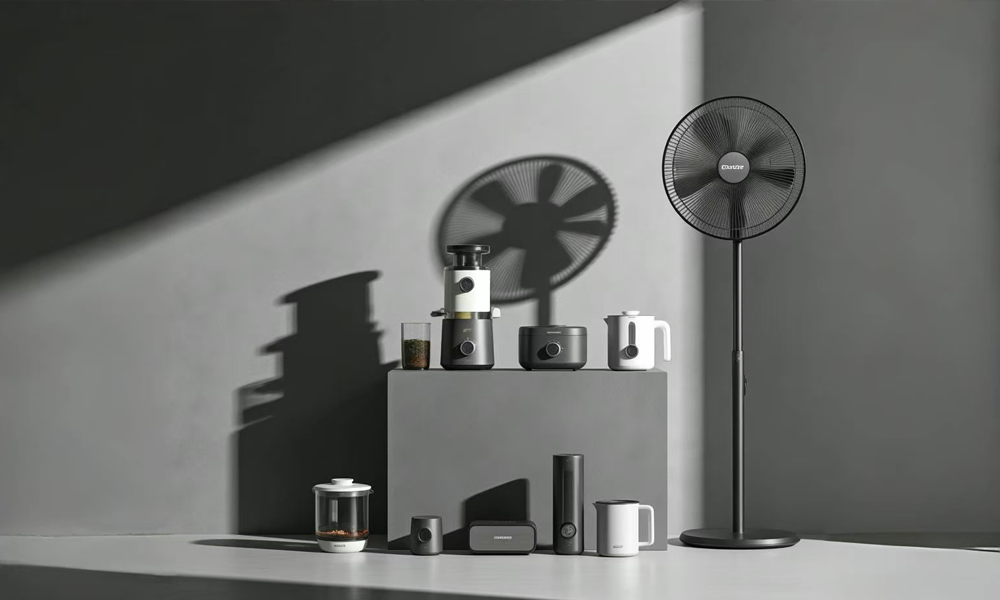- English
- Esperanto
- icelandic
- беларускі
- O'zbek
- Hawaiian
- Español
- Português
- русский
- Français
- 日本語
- Deutsch
- tiếng Việt
- Italiano
- Nederlands
- ภาษาไทย
- Polski
- 한국어
- Svenska
- magyar
- Malay
- বাংলা ভাষার
- Dansk
- Suomi
- हिन्दी
- Pilipino
- Türkçe
- Gaeilge
- العربية
- Indonesia
- Norsk
- český
- ελληνικά
- український
- Javanese
- नेपाली
- Burmese
- български
- ລາວ
- Latine
- Қазақша
- Euskal
- Azərbaycan
- Lietuvos
- Eesti Keel
- Română
- Srpski језик
- فارسی
- தமிழ்
- తెలుగు
What are the applications of rotary switches in small household appliances?
2024-09-19
Due to the multiple position options available for rotary switches, they are widely used in small household appliances. They are typically used to control the on/off status of devices, adjust their functions or settings. Here are some specific application examples:
Control board switch: In household appliances such as washing machines, induction cookers, electric ovens, etc., rotary switches are used to control the power on and off, as well as select different working modes.
Function adjustment: In some devices such as coffee machines and juicers, rotary switches can be used to adjust the working intensity or speed of the equipment, such as adjusting the thickness of ground coffee beans or the speed of the juicer.
Band selection: In some small appliances such as radios or music players, a rotary switch is used to select different bands or channels.
Voltage and current control: In some devices that require precise control of voltage and current, rotary switches can be used to adjust the operating voltage or current of the equipment to meet different work requirements.
Remote control function: In some small appliances that support remote control, a rotary switch can be used to remotely control the device's switch status or function selection.
Special equipment control: In some small appliances with special purposes, such as medical equipment or sports equipment, rotary switches may be used to control specific functions of the equipment, such as adjusting massage intensity or exercise mode.
Safety control: In some situations where safety control is required, such as circuit breakers, rotary switches can be used to display the on/off status of equipment, or to control and interlock other related electrical appliances.
These applications demonstrate the diversity and importance of rotary switches in small household appliances, which not only improve the convenience of device use, but also enhance the functionality and safety of devices.






